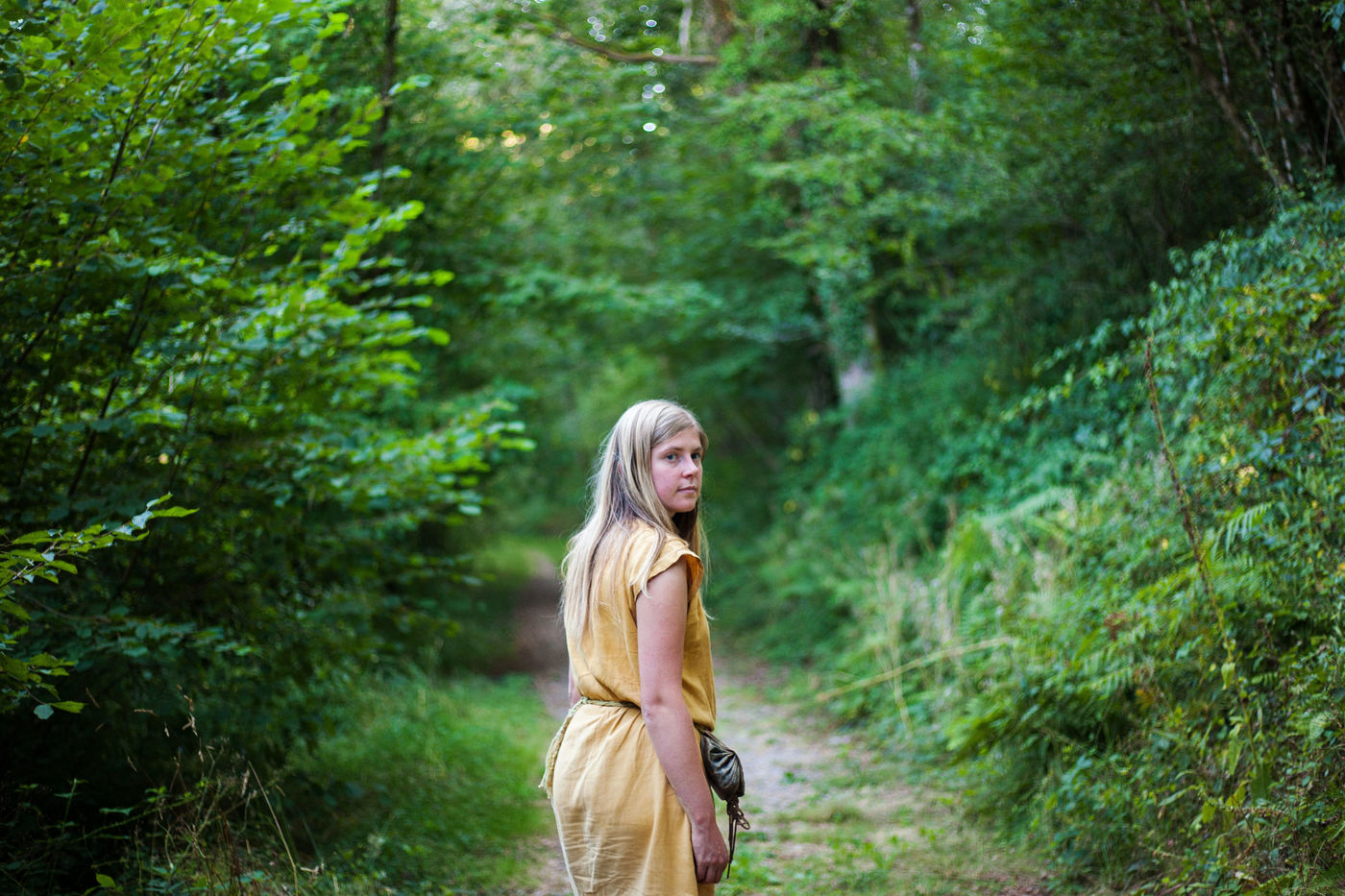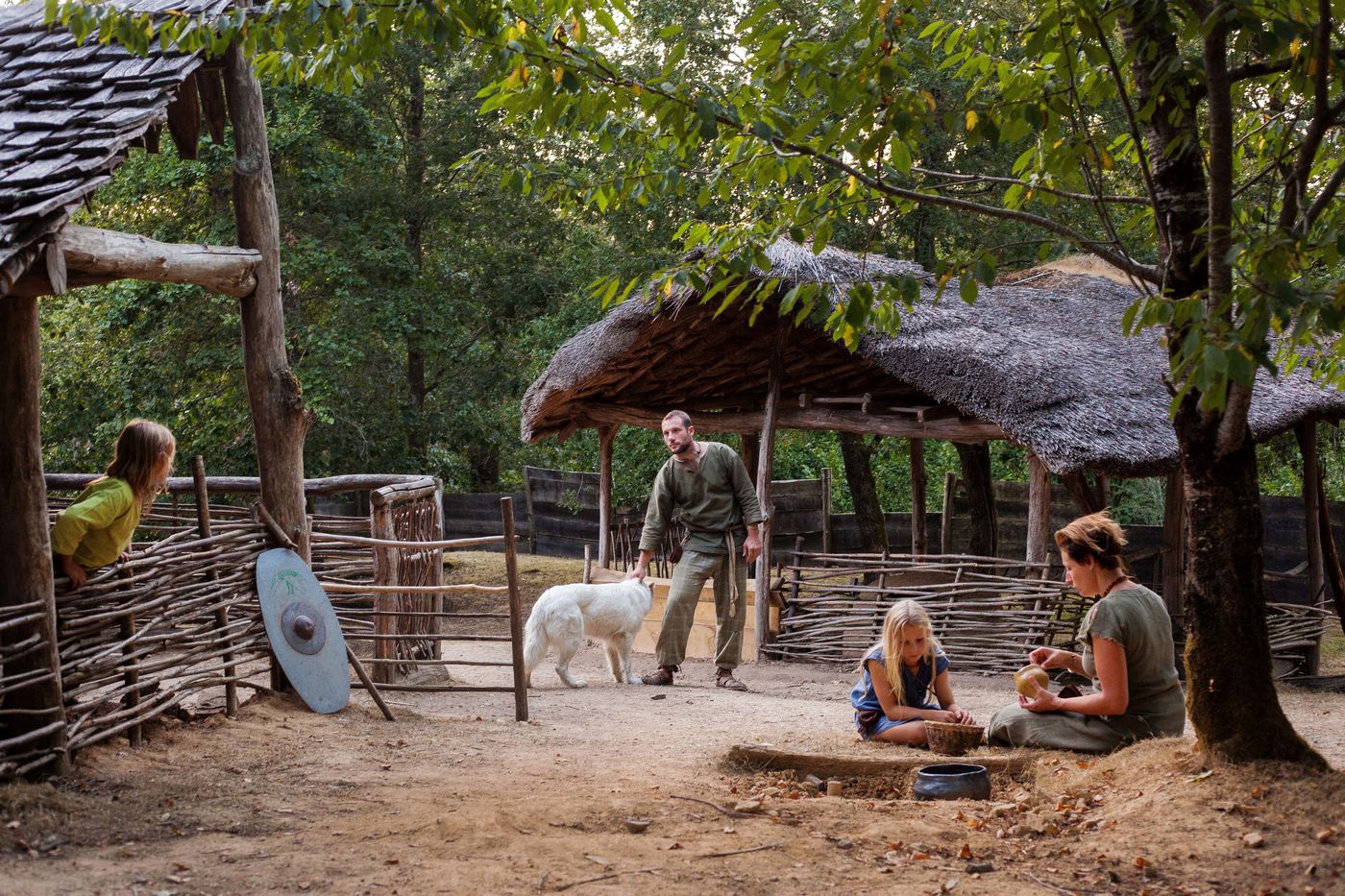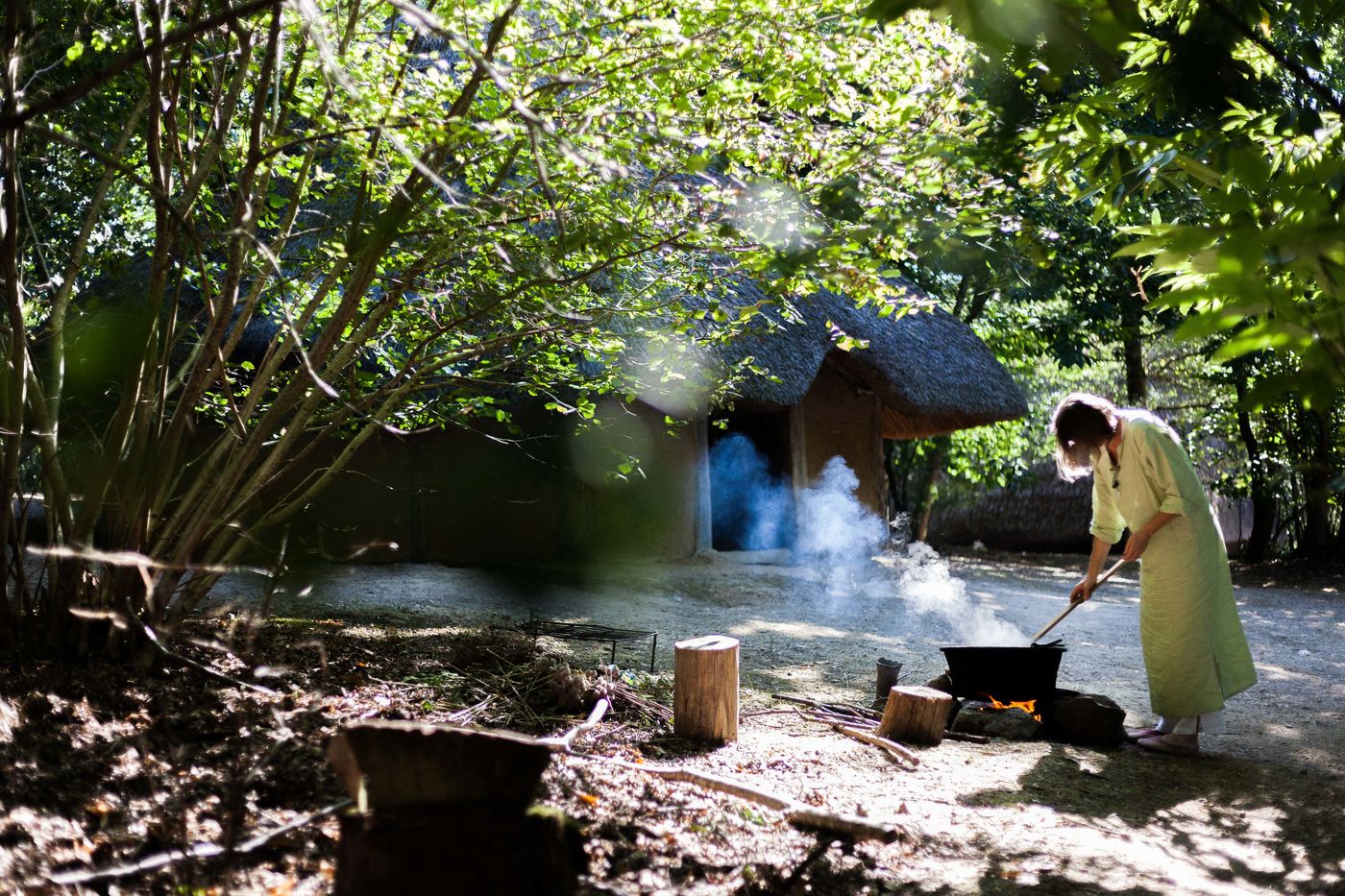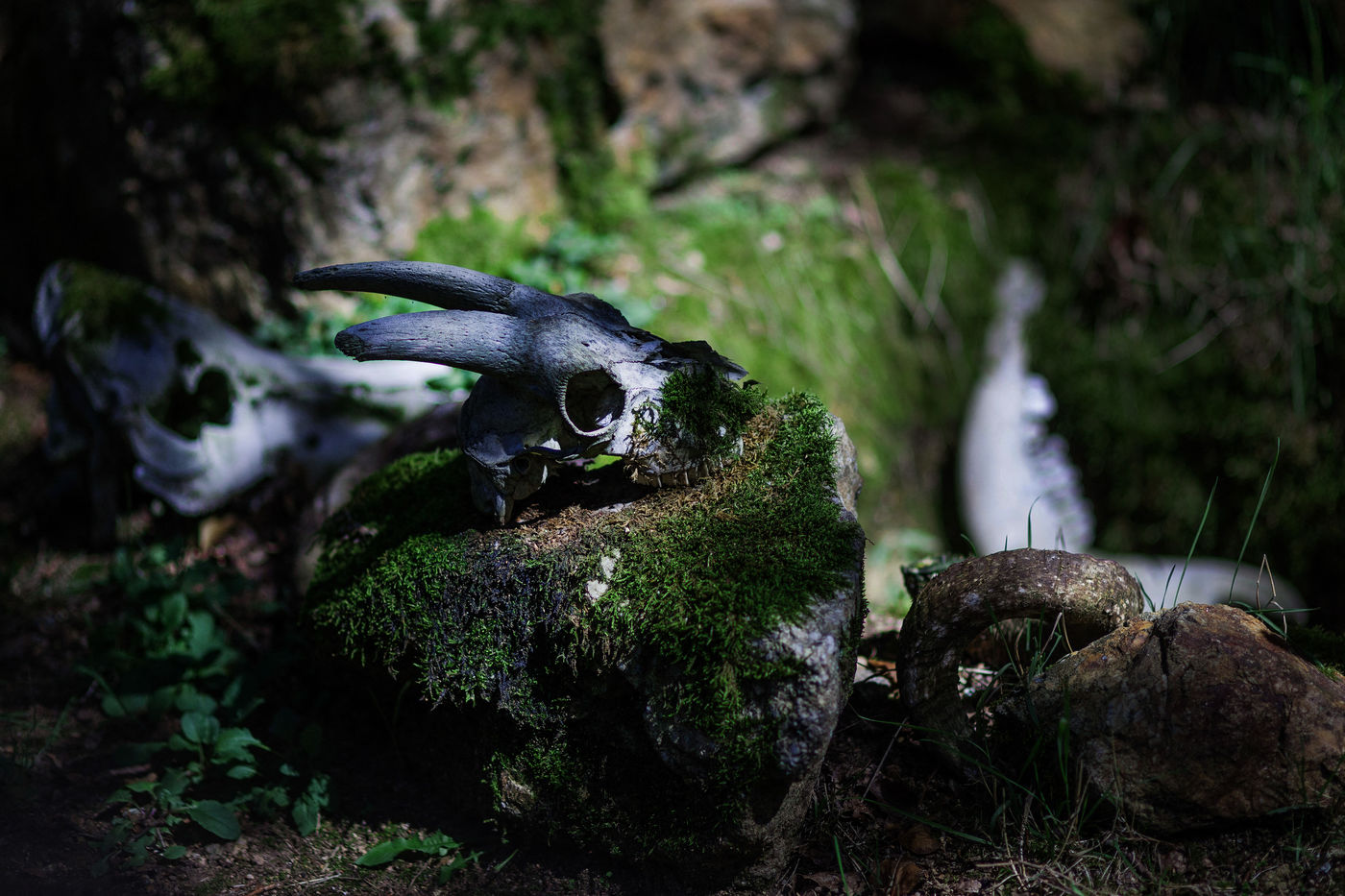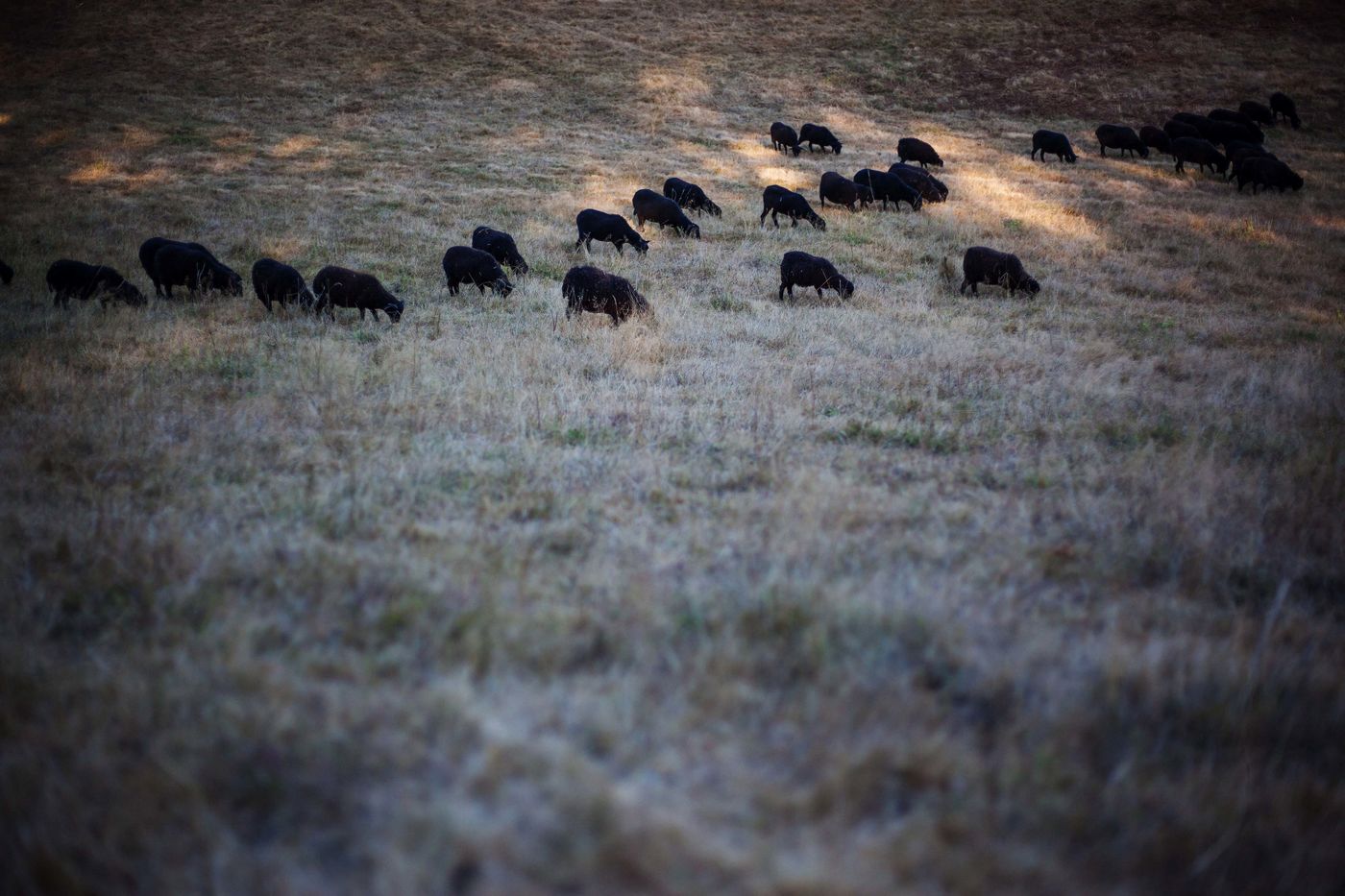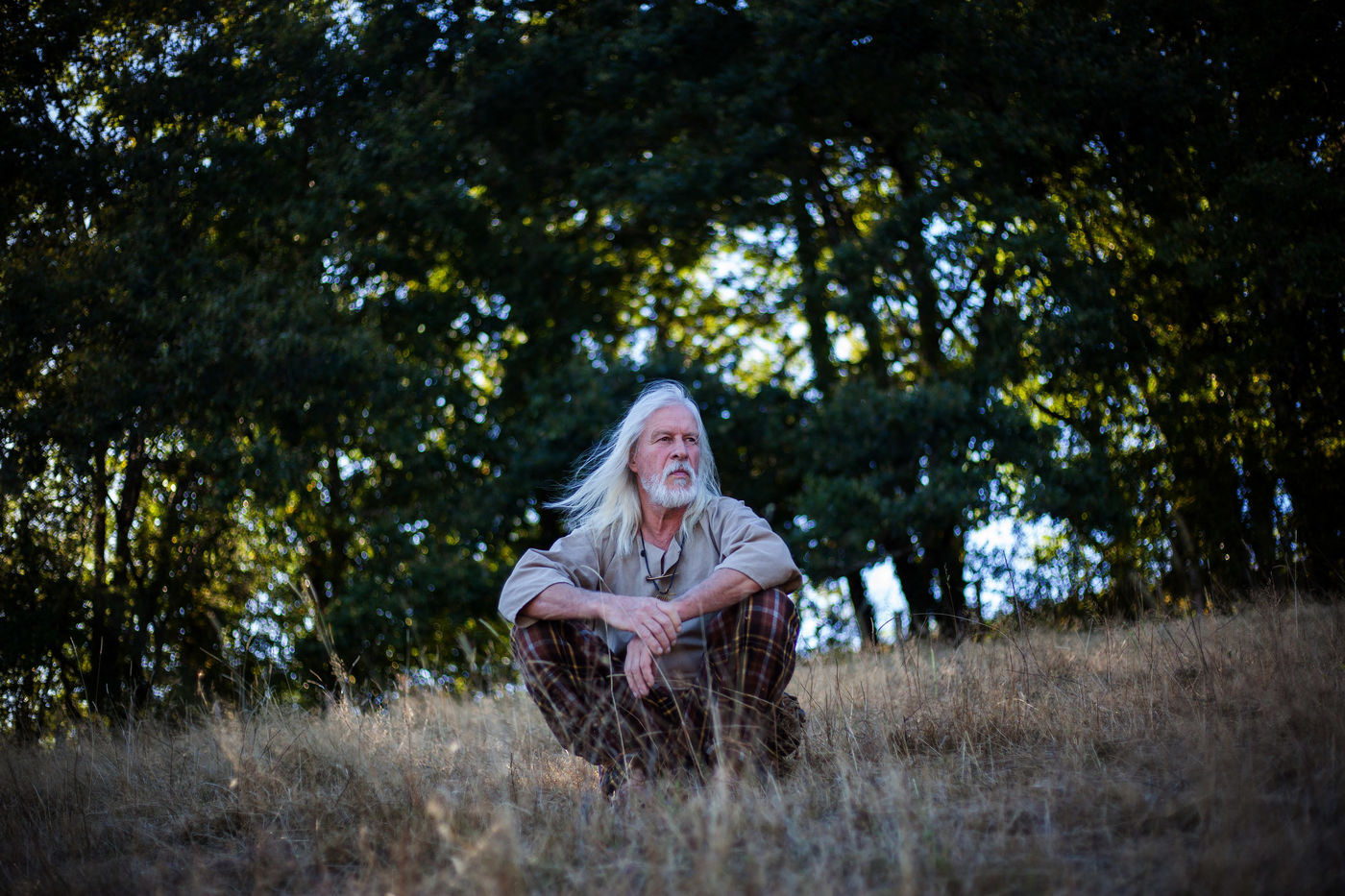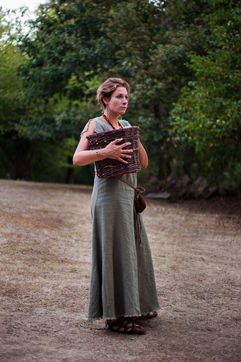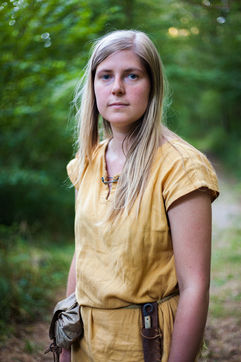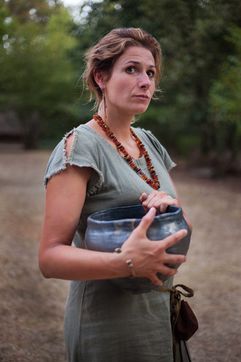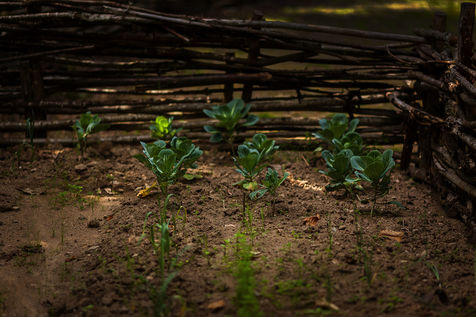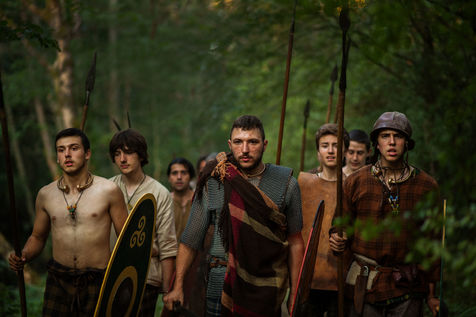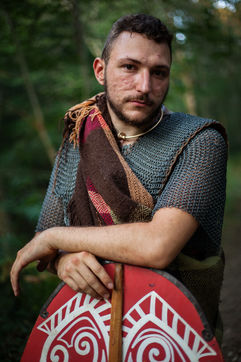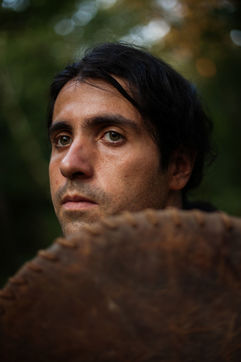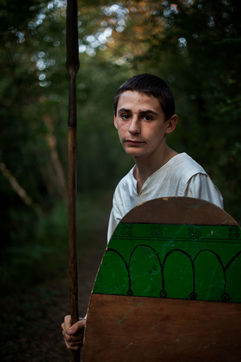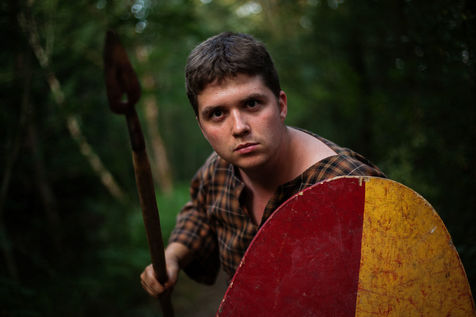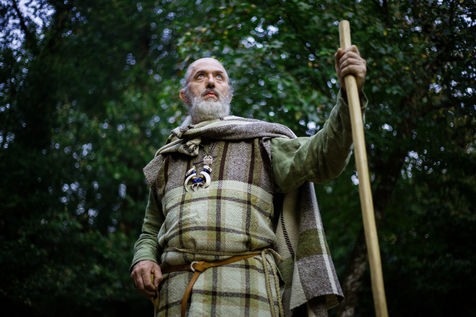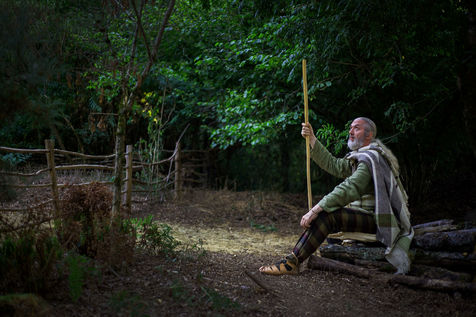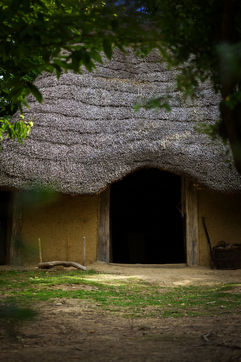Les derniers Gaulois
Portraits de ces derniers Gaulois : Chaque année durant l'été, à Esse, dans le nord Charente, un village gaulois (Coriobona) s'anime pour faire revivre la vie quotidienne des Lémovices, une tribu locale du 1er siècle avant J-C. Edifié sur 4 hectares de terres, entre clairières et sous-bois, cet oppidum (village fortifié) d'une dizaine de constructions reproduit aussi bien l'architecture que le mobilier, les objets, les vêtements de l'époque. Gestes et savoir-faire sont également reproduit à l'identique. Banquiers, ouvriers ou viticulteurs dans la vraie vie, ils deviennent forgeron, tailleur de pierre, potier, guerrier ou chef de village le temps des fêtes de Grannos, divinité de la pluie et des sources. Une fois dans leurs braies, ils sont Oxsos, Alatta, Eporenos ou Dumnorix.
Durant dix jours et dix nuits, ils pensent, mangent, dorment et agissent comme des gaulois, pour mieux en restituer la nature...
English below:
The last Gallics
Every year during summer, in Esse, in northern Charente, a gallic village (Coriobona) comes alive for ten days to revive what was Lemovices daily life, a tribe from the 1st century before Christ. Built on 4 hectares, between clearing and underwood, this oppidum (fortified village) of ten buildings recreates architecture as well as furniture and clothing from that age. Gestures and craftsmanship are identically replicated, by inhabitants from this land, a group of fifty history enthusiasts. Bankers, workers or winemakers for a living, they become either blacksmiths, stonecutters, potters, warriors or village leader for Grannos celebrations, divinity of rain and sources. Once in their trousers, they become Oxsos, Alatta, Eporenos or Dumnorix. For ten days and ten night, they think, eat, sleep and act like gallics to exalt their nature.
Portrayal of those remaining gallics.
The last Gallics
The last Gallics
Every year during summer, in Esse, in northern Charente, a gallic village (Coriobona) comes alive for ten days to revive what was Lemovices daily life, a tribe from the 1st century before Christ. Built on 4 hectares, between clearing and underwood, this oppidum (fortified village) of ten buildings recreates architecture as well as furniture and clothing from that age. Gestures and craftsmanship are identically replicated, by inhabitants from this land, a group of fifty history enthusiasts. Bankers, workers or winemakers for a living, they become either blacksmiths, stonecutters, potters, warriors or village leader for Grannos celebrations, divinity of rain and sources. Once in their trousers, they become Oxsos, Alatta, Eporenos or Dumnorix. For ten days and ten night, they think, eat, sleep and act like gallics to exalt their nature.
Portrayal of those remaining gallics.






